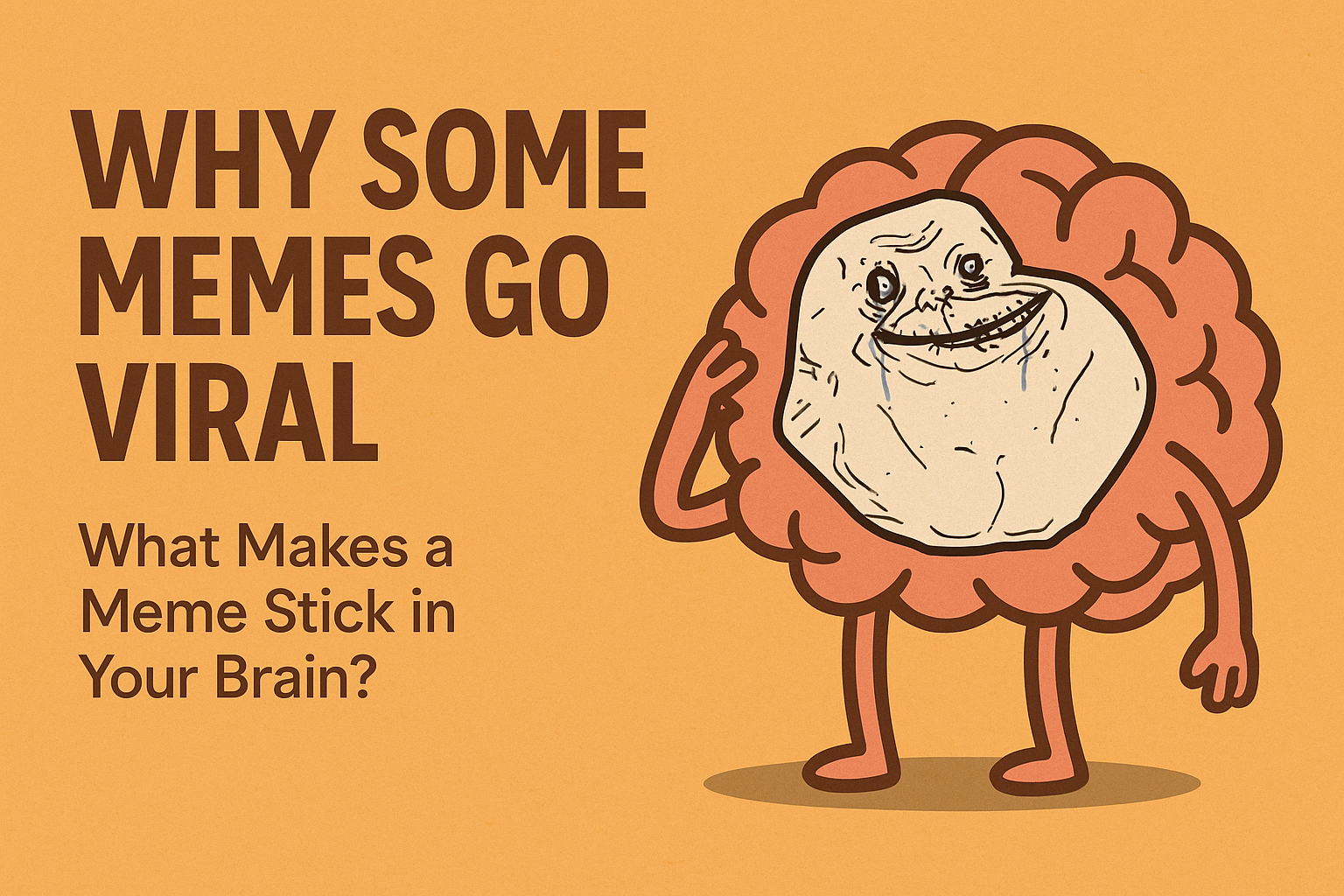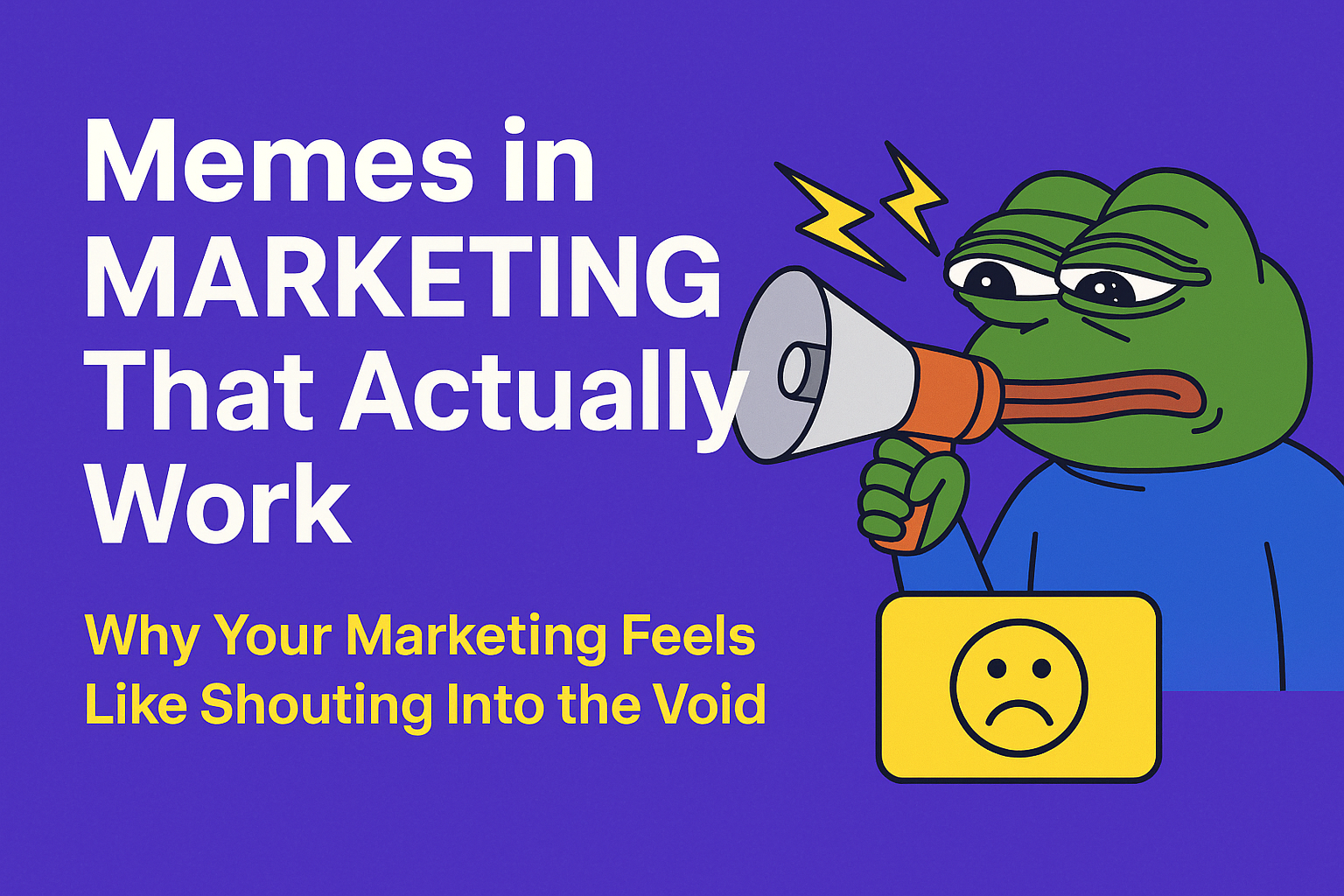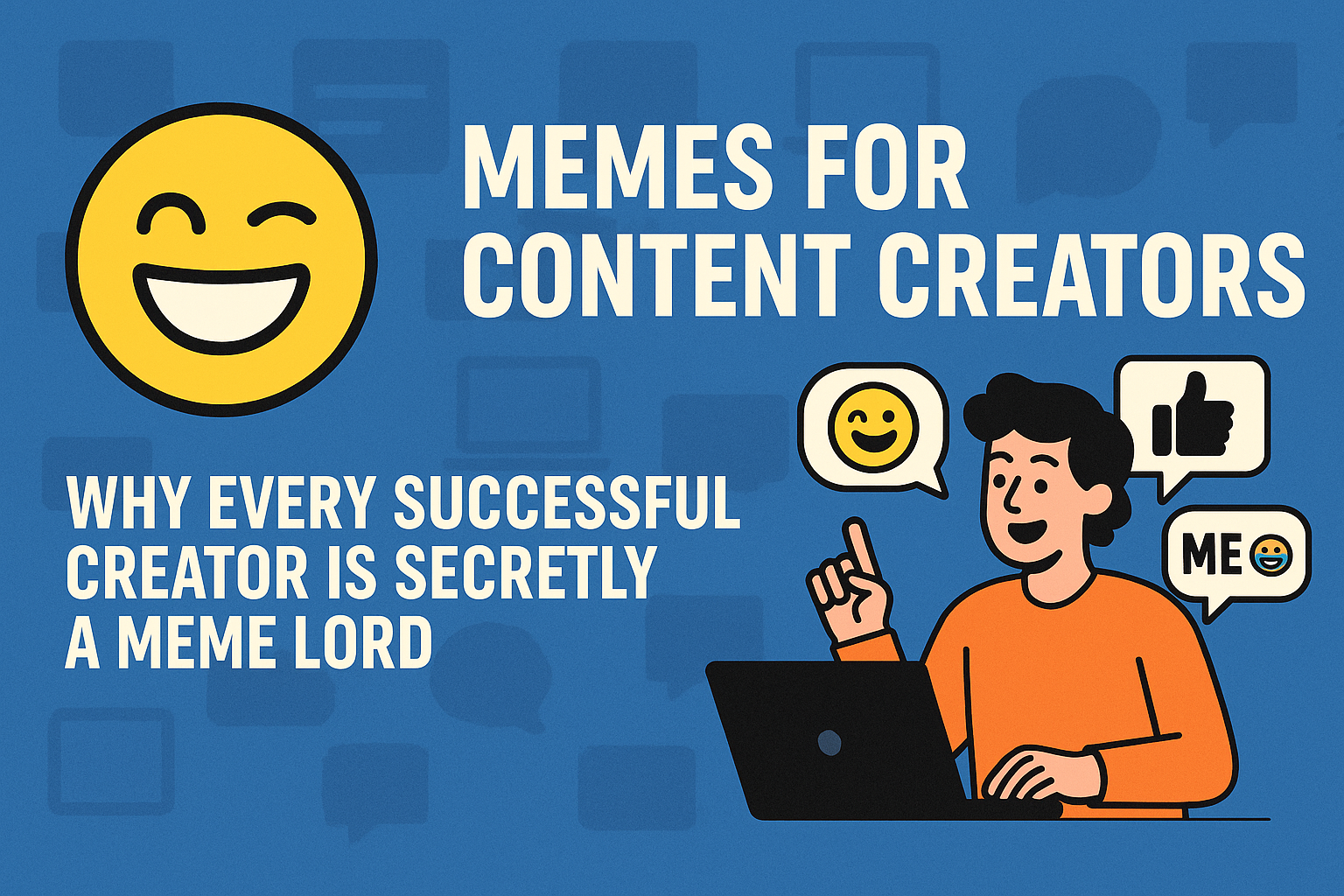Why Some Memes Go Viral

What Makes a Meme Stick in Your Brain?
Ever wonder why you can't forget "Distracted Boyfriend" but already forgot what you had for breakfast? There's actual science behind this, and once you understand it, you'll never look at memes the same way.
The 3-Second Rule
You have exactly 3 seconds to make someone care. That's it. In those 3 seconds, their brain is asking:
- Do I relate to this?
- Is this funny/interesting/shocking?
- Will sharing this make me look good?
Nail all three, and you've got viral potential. Miss even one, and you're just another image in the endless scroll.
The Relatability Sweet Spot
Too specific? Only 5 people get it. Too generic? It's boring. The magic happens when you hit that sweet spot - specific enough to feel personal, broad enough to be universal.
Example: "When you're on a Zoom call and your cat walks across the keyboard" - Specific situation, universal experience.
Emotional Triggers That Drive Shares
People share content that makes them feel something. The strongest viral triggers are:
1. "OMG, this is literally me" - Recognition humor hits different. When someone sees themselves in a meme, they HAVE to share it.
2. "I'm dead 💀" - Unexpected humor that catches people off guard. The surprise factor amplifies the share impulse.
3. "This is too real" - Painful truths wrapped in humor. We laugh to cope, and we share to commiserate.
4. "Wait, it's not just me?" - Revealing universal experiences people thought were unique to them. Pure validation.
The Format Psychology
Why do some formats become legendary while others die in a week? It's all about cognitive efficiency - how quickly our brains can process and apply the format.
Drake pointing: Binary choice. Brain processes in milliseconds.
Expanding brain: Progressive escalation. Satisfying pattern recognition.
Woman yelling at cat: Conflict + confusion. Instant story.
Timing: The Secret Sauce
A perfect meme posted at the wrong time is a dead meme. Understanding timing means understanding:
- Platform peak hours (varies wildly)
- Cultural moments (news, events, collective experiences)
- Trend lifecycles (too early = confusion, too late = cringe)
- Day of week psychology (Monday motivation vs Friday celebration)
The Paradox of Effort
Here's the weird thing: The memes that look the most effortless often take the most work. But if it LOOKS like you tried too hard? Dead on arrival.
The best memes feel spontaneous, even when they're carefully crafted. It's like good acting - the best performance doesn't feel like a performance.
Why Some Memes Have Staying Power
Most memes flame out fast. But some become immortal. The difference?
- Flexibility: Can be adapted to infinite situations
- Clear emotion: Instantly recognizable feeling/reaction
- Visual simplicity: Easy to understand at a glance
- Memeable moments: Captures a universally understood moment
The Share Psychology
People don't share memes. They share what memes say about THEM. Every share is a mini personal brand statement:
- "I'm funny"
- "I get the reference"
- "I'm in on the joke"
- "I understand you"
Create memes that make people look good for sharing them, and they'll do your marketing for you.
The Algorithm Game
Every platform's algorithm loves different things, but they all love engagement. Memes hack this because they're literally designed for interaction:
- Quick to consume (watch time ✓)
- Highly shareable (shares ✓)
- Comment magnets (engagement ✓)
- Save-worthy (saves ✓)
Using Psychology in Your Meme Game
Now that you know the why, here's the how:
- Start with a universal experience
- Add a specific twist that feels fresh
- Choose a format that matches the emotion
- Time it to current events/moods
- Make sharing it make the sharer look good
Master these principles, and you'll create memes that don't just get likes - they get saved, shared, and remembered.

